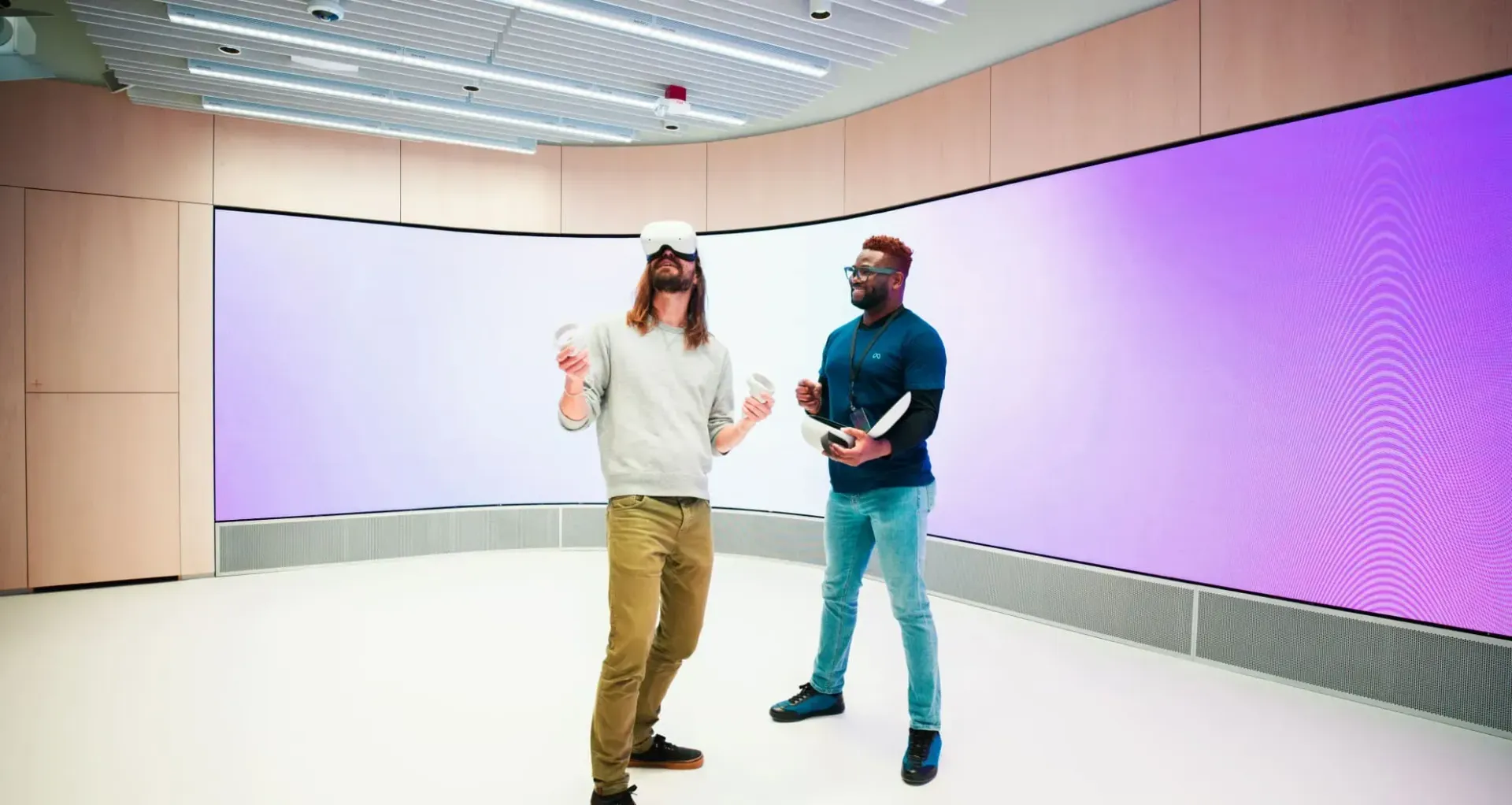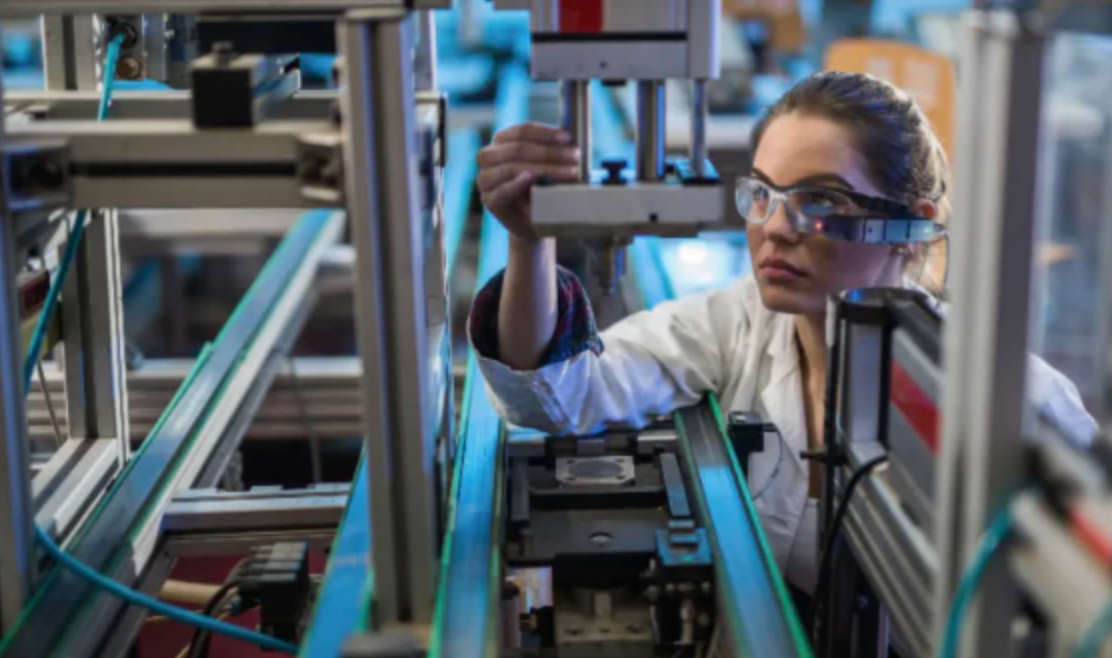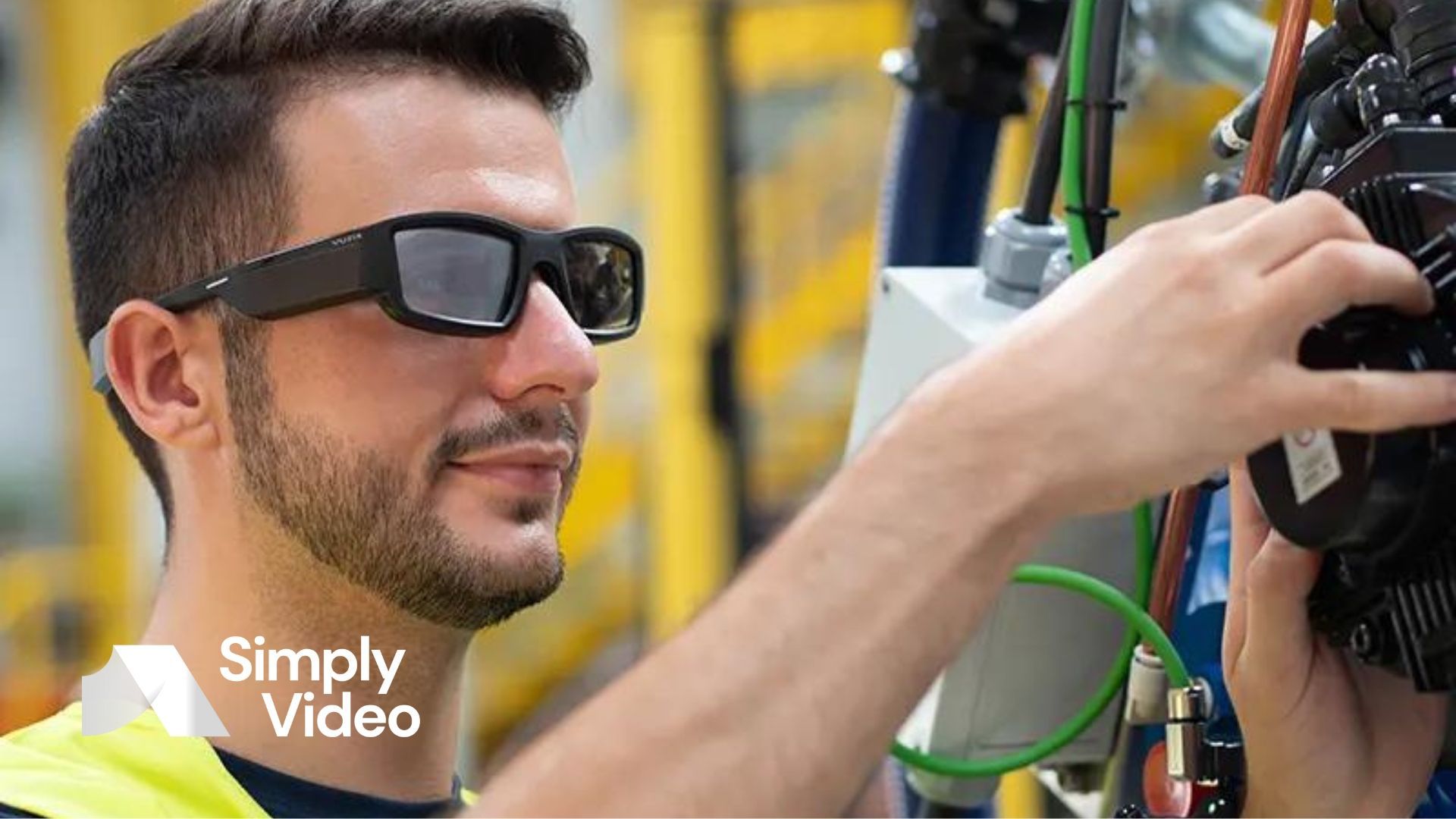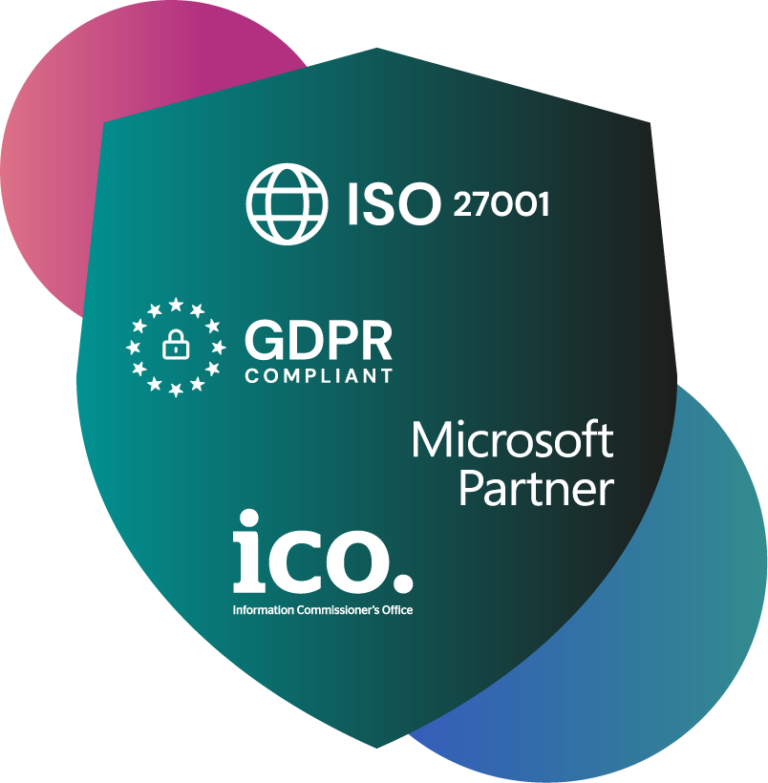XR collaboration in healthcare: 3 transformative use cases
SimplyVideo's integration with leading industry XR wearables can positively impact healthcare practices. Here are 3 transformative use cases.
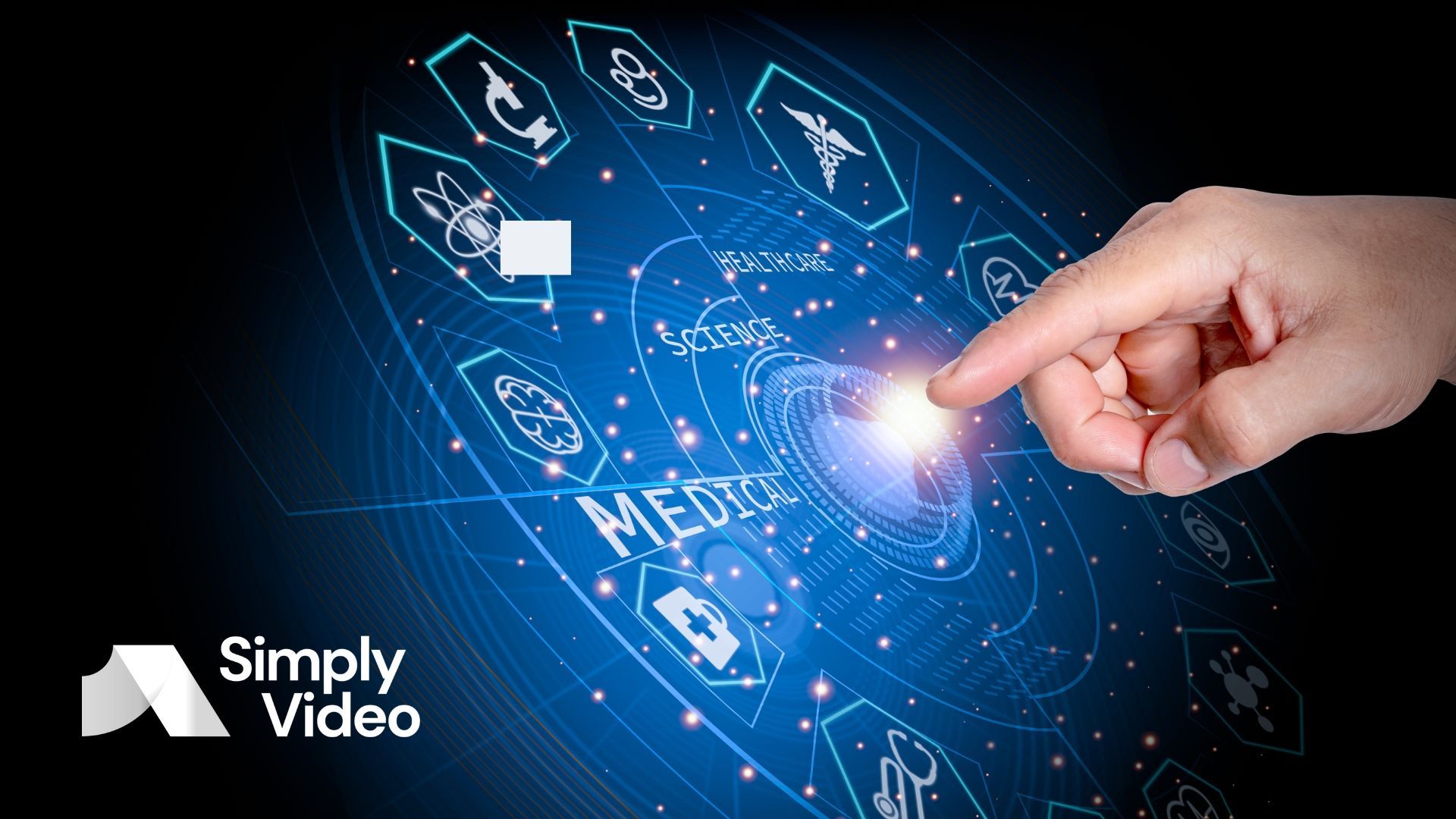
XR has the potential to save lives. Today, healthcare is one of the many inspiring examples of its implementation, where the technology really comes into its own – transforming the quality and speed at which practitioners can deliver care and support across the world.
The pandemic heralded a surge in XR adoption, as healthcare workers faced mounting pressure to embrace innovative solutions to the lasting problems resulting from the COVID-19 outbreak.
A
report published by XR Health Alliance stated that between 30% and 50% of frontline healthcare workers are expected to retire by 2030 – and with staff shortages already slowing the delivery of palliative care, the interest in XR solutions is growing rapidly.
Because
SimplyVideo integrates seamlessly with industry-ready XR wearables, it offers many transformative use cases for national and private healthcare services. We could write a whole dissertation on this topic, but we've limited ourselves to just three (for now).
1. Enhancing paramedical care for first-responders
When delivering emergency care, paramedics must act fast. For first responders, it's critical that a diagnosis is made so that treatment can proceed. However, in some cases, a patient may require a specialist.
For patients needing urgent attention – and for those in hard-to-reach places – the situation can quickly escalate, putting lives at risk. Thanks to XR, first responders can now connect instantly with remote specialists and clinicians who can assess and diagnose patients while helping paramedics deliver critical care in real-time.
With SimplyVideo, paramedics with assisted reality (aR) headsets can use video call technology to stream a live, POV feed to a remote specialist – anywhere, at any time. Frontline workers can benefit from an uninterrupted connection with SimplyVideo's low-bandwidth streaming capabilities – maintaining their quality of care from start to finish.
This means critical information can be accessed when needed and urgent medical interventions can be performed before the patient is admitted to a hospital.
Using SimplyVideo's Chat 4.0 function, medics on the scene can send photos from their headsets that consultants can annotate, empowering emergency response teams through collaborative tools and enabling remote assistants to interact with what they see.
2. Improving telehealth services for inpatients
Telehealth (or telemedicine) is any health service carried out or aided by telecommunication technologies. During the COVID-19 pandemic, telehealth services became an essential resource for reducing exposure and infection rates while retaining vital services for patients unable to access primary care.
Although in-person appointments have resumed,
telehealth services are still being used to better utilise and extend the availability of services to medical professionals and patients.
With XR adoption on the rise, telehealth capabilities continue to make meaningful gains. For example, specialists, clinicians, doctors and physicians can collaborate remotely to improve the efficacy and coordination of inpatient unit care. This is especially true for areas with limited health services and fewer on-site specialists, as XR eliminates the need for travel in time-constrained situations.
With hands-free video conferencing technology, doctors can seek expert guidance in real-time without interruption. An area where this is particularly pertinent is telesurgery. Surgeons can consult with specialists who, in turn, can view the details of the surgery from the surgeon's point of view.
Harnessing the power of XR technology with SimplyVideo, surgeons can take decisive action in time-pressured situations and access crucial information about medical procedures, increasing productivity for medical staff and reducing waiting times for patients.
The next stage in telesurgery may be closer than we think – though not nearly as close as
Hugo Gernsback once believed. In 1925 the "Father of Science Fiction" predicted that by 1975(!) there will exist an "instrument by which it will be possible for us to 'feel at a distance'".
That said, Gernsback was right about the technology – even if his dates were a little off. Today, these "instruments" are called "teleoperated medical robotic systems". They allow surgeons to carry out precise, complex procedures at a distance.
With the incorporation of ultra-low-latency internet connections like 5G, long-distance surgery will only increase in viability.
3. Transforming training and development
XR presents an abundance of training and development opportunities for trainees and medical students. In its report, XR Health Alliance suggested that XR has the potential to reduce training costs and "improve overall surgical performance by as much as 230% versus traditional training methods".
This has been demonstrated in various use cases, including:
- Virtual reality (VR) simulations of surgical procedures, or simulation-based education (SBE)
- Remote collaborations between trainees and specialists
- Saving on travels costs and single-use training instruments
With SimplyVideo, doctors can provide scalable, immersive training experiences – increasing quantity without compromising on quality. With low-latency video, hospital staff can use live streams to educate themselves about different areas of the practice.
Here's what Steve Dann from Medical Realities had to say, as quoted in the XR Health Alliance study:
"Up to 90% of ward nurses had never been into an operating theatre. Live streaming of surgeries increased levels of respect among staff, as they developed a deeper understanding of the process and everyone's roles during surgical procedures. This experience enabled access to places most staff wouldn't usually have access to."
In 2020, Imperial College
made headlines by being the first NHS trust site to implement virtual ward rounds for students. Ward rounds are commonly used as training for medical students because they offer broad exposure to a variety of conditions and provide insights into clinical planning.
For hospitals, minimising the number of people on their wards is key to their patients' safety. The pandemic heightened this need but also created substantial barriers to learning for students.
The virtual ward round hosted 350 medical students who watched as the consultant examined patients. Leveraging the power of AR, the doctor was able to produce virtual medical records, radiographs and x-rays that could be pinned to the video feed for the students.
There are many opportunities for healthcare workers to harness the power of XR with SimplyVideo – these are just a few. Want to learn more about our video-call tools?
Read about SimplyVideo features that boost collaboration here.
